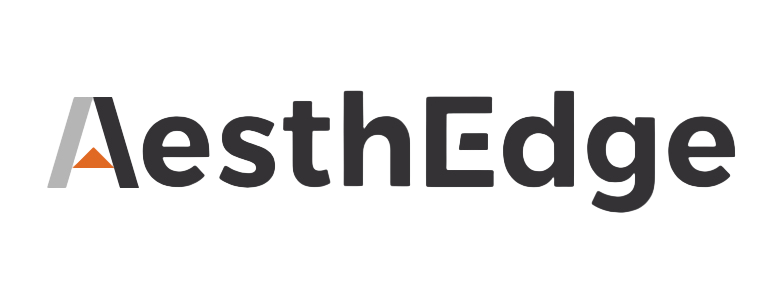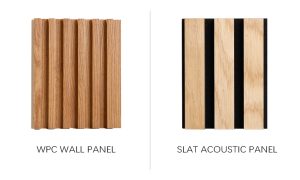
Importing WPC Wall Panels from China to Southeast Asia: A Comprehensive Guide
Importing WPC (Wood-Plastic Composite) wall panels from China to Southeast Asia involves a series of complex steps and strategic decisions. Below is a detailed guide to ensure a smooth and efficient import process.
Step One: Market Research and Positioning
Before deciding to import WPC wall panels, thorough market research is crucial. Consider the following aspects:
- Market Analysis: Choose the Southeast Asian country you plan to enter and understand its market size, growth potential, competitive landscape, and consumer trends. Consider cultural, regulatory, and economic differences in each country.
- Product Requirements and Standards: Understand the building material standards and regulations in Southeast Asian countries. Ensure your WPC wall panels comply with local construction standards and environmental regulations.
- Competitive Analysis: Investigate competitors in the Southeast Asian market, including local manufacturers and other importers. Analyze their products, pricing, market share, and distribution channels.
Step Two: Finding Suitable Suppliers
- Supplier Selection: Look for qualified and reputable WPC wall panel suppliers in China. Utilize online platforms such as Alibaba, attend trade exhibitions, or seek recommendations through industry reports to find reliable suppliers.
- Supplier Assessment: Conduct a detailed evaluation of potential suppliers. Understand their manufacturing capabilities, quality control systems, production processes, and gather feedback from previous clients.
- Sample Evaluation: Before finalizing a supplier, request product samples for evaluation. This ensures that the product meets your quality standards and aligns with customer expectations.
Step Three: Business Negotiation and Contract Signing
- Price Negotiation: Negotiate with suppliers on price, payment terms, minimum order quantities, and other relevant factors. Clearly outline these agreements in the import contract.
- Contract Signing: Sign a formal import contract that clearly defines product specifications, quantities, delivery times, quality standards, payment terms, penalty clauses for breaches, and dispute resolution mechanisms.
Step Four: Understanding Regulations and Standards in the Target Country
- Import Regulations: Understand the import regulations and procedures in the target Southeast Asian country. This may include tariffs, import quotas, and labeling requirements.
- Product Certification: Ensure your WPC wall panels comply with relevant certifications and standards in the target country. This may involve additional testing and document preparation.
Step Five: Tariffs and Taxes
- Tariff Calculation: Determine the applicable tariff rates in the target country. Explore any potential tariff exemptions or special agreements that may apply to your product.
- Tax Considerations: Besides tariffs, consider other taxes such as value-added tax (VAT). Calculate these costs and incorporate them into your pricing strategy.
Step Six: Logistics and Transportation
- Transportation Mode: Choose a transportation mode suitable for your product and budget, such as sea freight, air freight, or land transportation. Sea freight is often cost-effective but requires a longer lead time.
- Logistics Partnership: Select a reliable international logistics company. Ensure they provide end-to-end services, including shipping, customs clearance, and delivery.
Step Seven: Payment and Financial Transactions
- Payment Method: Agree on a payment method with the supplier. Common methods include letters of credit, wire transfers, etc. Ensure the chosen method is secure and mutually beneficial.
- Exchange Rate Risk Management: Consider currency exchange rate fluctuations between the target country’s currency and the Chinese Renminbi. Explore tools like forward contracts to manage exchange rate risks.
Step Eight: Customs Clearance and Delivery
- Customs Procedures: Provide the necessary documents for customs clearance, including invoices, bills of lading, and packing lists. Ensure compliance with the target country’s customs requirements.
- Delivery Tracking: Monitor the transportation process to ensure timely delivery. Maintain close communication with both domestic and target country logistics partners.
Step Nine: Marketing and After-Sales Service
- Market Promotion: Promote your product in the Southeast Asian market through participation in industry exhibitions and building relationships with local builders, distributors, and retailers. Tailor marketing strategies to local cultural preferences.
- After-Sales Service: Provide excellent after-sales service to build long-term customer relationships. Address any quality issues promptly and respond to customer needs.
Step Ten: Risk Management and Continuous Improvement
- Risk Management: Identify and manage risks throughout the import process, including political risks, shipping risks, and currency risks. Develop contingency plans to address unforeseen challenges.
- Continuous Improvement: Regularly assess the entire supply chain and sales process. Look for opportunities to improve efficiency, reduce costs, and enhance customer satisfaction. Maintain open communication with suppliers and logistics partners.
In summary, importing WPC wall panels from China to Southeast Asia is a complex process that requires in-depth market understanding, partner selection, and compliance with regulations. Collaboration with professional importers, legal advisors, and logistics experts is recommended for a successful execution. Throughout the process, effective communication, risk management, and continuous improvement are key to ensuring a successful importation.






